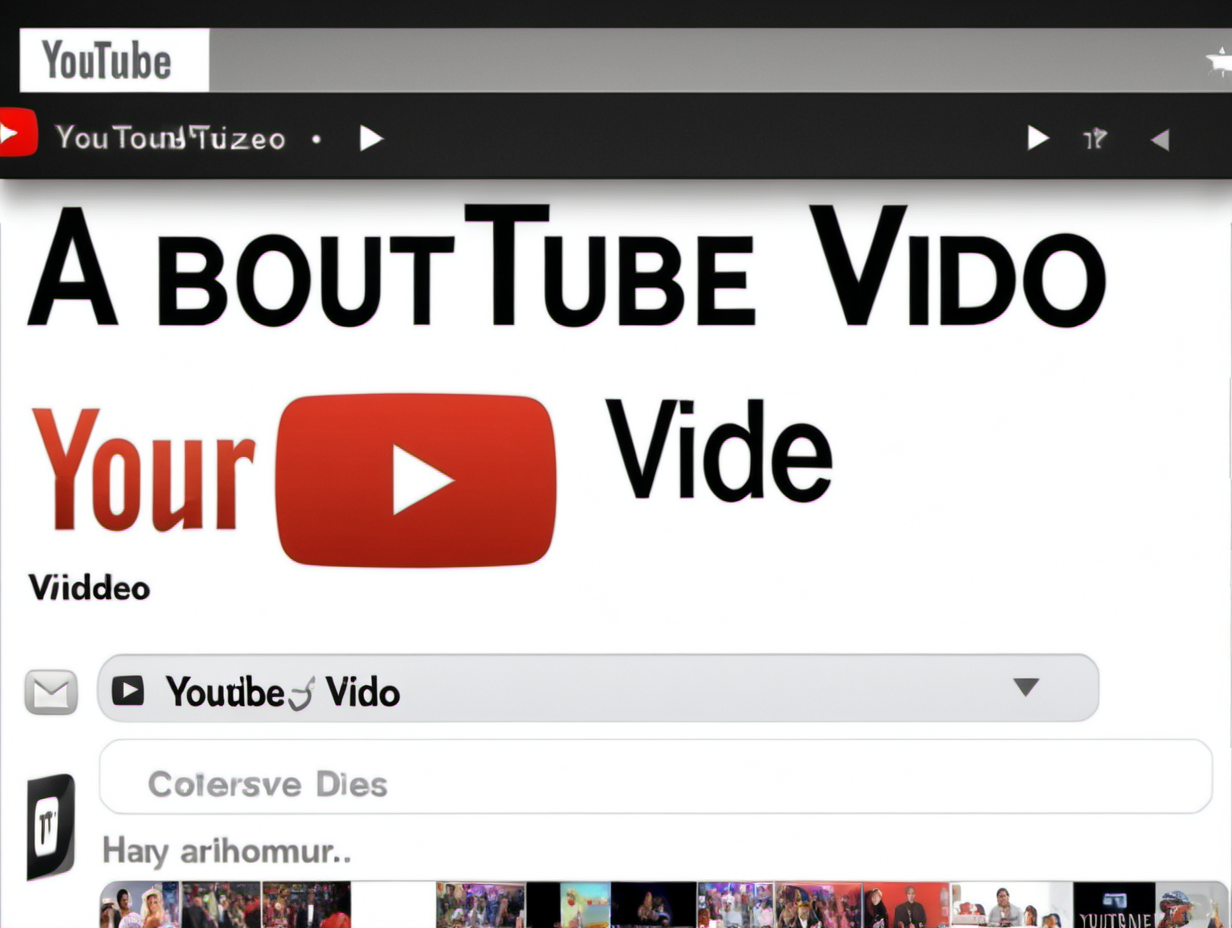The Perfect Prompting Formula | 2 Years of ChatGPT Prompting in 10 Minutes
Summary
TLDRThis tutorial outlines the key components to becoming a top 1% prompt writer for ChatGPT. The speaker emphasizes eight critical elements: task, context, specific instructions, persona, tone, example, format, and audience. The video provides actionable examples and guidance on how to structure prompts effectively to achieve the best output from ChatGPT. It highlights the importance of clear and specific instructions, the right tone, and personalization for technical tasks. The tutorial also shares tips for avoiding common mistakes and achieving consistent, high-quality results from ChatGPT prompts.
Takeaways
- 😀 Every ChatGPT prompt requires a task, which is a sentence with an action verb telling GPT what to do.
- 😀 Providing context is essential for ChatGPT to understand the background and scenario, making the output more relevant and specific.
- 😀 Use specific instructions in your prompts to guide ChatGPT on what to include or exclude, ensuring the output aligns with your needs.
- 😀 Tone is crucial in copywriting; always specify the tone you want to convey the desired emotion in the reader.
- 😀 When you’re unsure about the tone, ask ChatGPT to recommend three tones that fit the context of your task.
- 😀 For technical tasks, instruct ChatGPT to adopt a specific persona to ensure the output meets professional standards (e.g., sales consultant).
- 😀 Provide ChatGPT with examples of input and output pairs for tasks where you want it to follow a specific format or template.
- 😀 When creating content for social media or marketing, specify the format, structure, and the target audience for better results.
- 😀 Being clear, specific, and concise is key to ensuring ChatGPT delivers the most accurate and relevant output.
- 😀 To prevent ChatGPT from hallucinating or making things up, always tell it to only follow the provided information and instructions.
Q & A
What are the eight components of a perfect ChatGPT prompt?
-The eight components of a perfect ChatGPT prompt are: Task, Context, Specific Instructions, Persona, Tone, Example, Format, and Audience.
Why is it important to include a 'task' in a ChatGPT prompt?
-Including a task is crucial because it provides ChatGPT with a clear action to perform. Without a task, ChatGPT won't know what to do with the information provided and will give broad or irrelevant responses.
How does adding context improve the quality of ChatGPT's output?
-By adding context, you give ChatGPT background information that helps it understand the scenario, which results in more relevant and specific responses.
What is the role of 'specific instructions' in creating a better ChatGPT response?
-Specific instructions direct ChatGPT on exactly how to approach the task, ensuring that the output follows a set structure or includes key points as required.
How does telling ChatGPT to use a specific 'tone' affect the response?
-The tone influences the emotional impact of the response. It guides ChatGPT on how to emotionally engage the reader, whether it’s to make them feel happy, sad, excited, or serious, based on the task.
Why is defining a 'persona' important for technical tasks in ChatGPT prompts?
-For technical tasks, defining a persona helps ChatGPT adopt the mindset of a professional in a specific field (e.g., a sales consultant), ensuring the response is authoritative and contextually accurate.
What is the purpose of including an 'example' in a ChatGPT prompt?
-Providing an example helps guide ChatGPT by showing how the input and output should be structured, making it easier for the model to follow the format and deliver the desired result.
How does 'audience' influence the way ChatGPT generates responses?
-Specifying the audience helps ChatGPT tailor the language, tone, and content to suit the demographic (e.g., age, interests, knowledge level), making the output more relatable and effective.
What are some tips to improve ChatGPT’s outputs when crafting prompts?
-Some tips include being specific with the information provided, avoiding unnecessary fluff, telling ChatGPT to focus on a single task per prompt, iterating on the prompts, and ensuring ChatGPT doesn't generate content beyond the given information.
How can you ensure ChatGPT doesn’t 'hallucinate' or make things up?
-To avoid hallucination, always tell ChatGPT to only use the information provided in the prompt and not to generate or invent any details on its own.
Outlines

This section is available to paid users only. Please upgrade to access this part.
Upgrade NowMindmap

This section is available to paid users only. Please upgrade to access this part.
Upgrade NowKeywords

This section is available to paid users only. Please upgrade to access this part.
Upgrade NowHighlights

This section is available to paid users only. Please upgrade to access this part.
Upgrade NowTranscripts

This section is available to paid users only. Please upgrade to access this part.
Upgrade NowBrowse More Related Video

COMO CRIAR UMA GOOGLE AGENDA COM O CHAT GPT

How to Become an AI Prompt Engineer For Beginners

Midjourney Niji 5 prompts action-packed story by ChatGPT-4

Forget Prompt Engineering! The LAZY Way to PERFECT Prompts

【超簡単】PythonでChatGPTを使ってAIチャットボットを作ろう!ChatGPTとPythonの最強コンビ!~プログラム公開中~

Ini Rahasia JAGO Komunikasi Daripada 99% Orang! (Dalam 1-3 Bulan)
5.0 / 5 (0 votes)